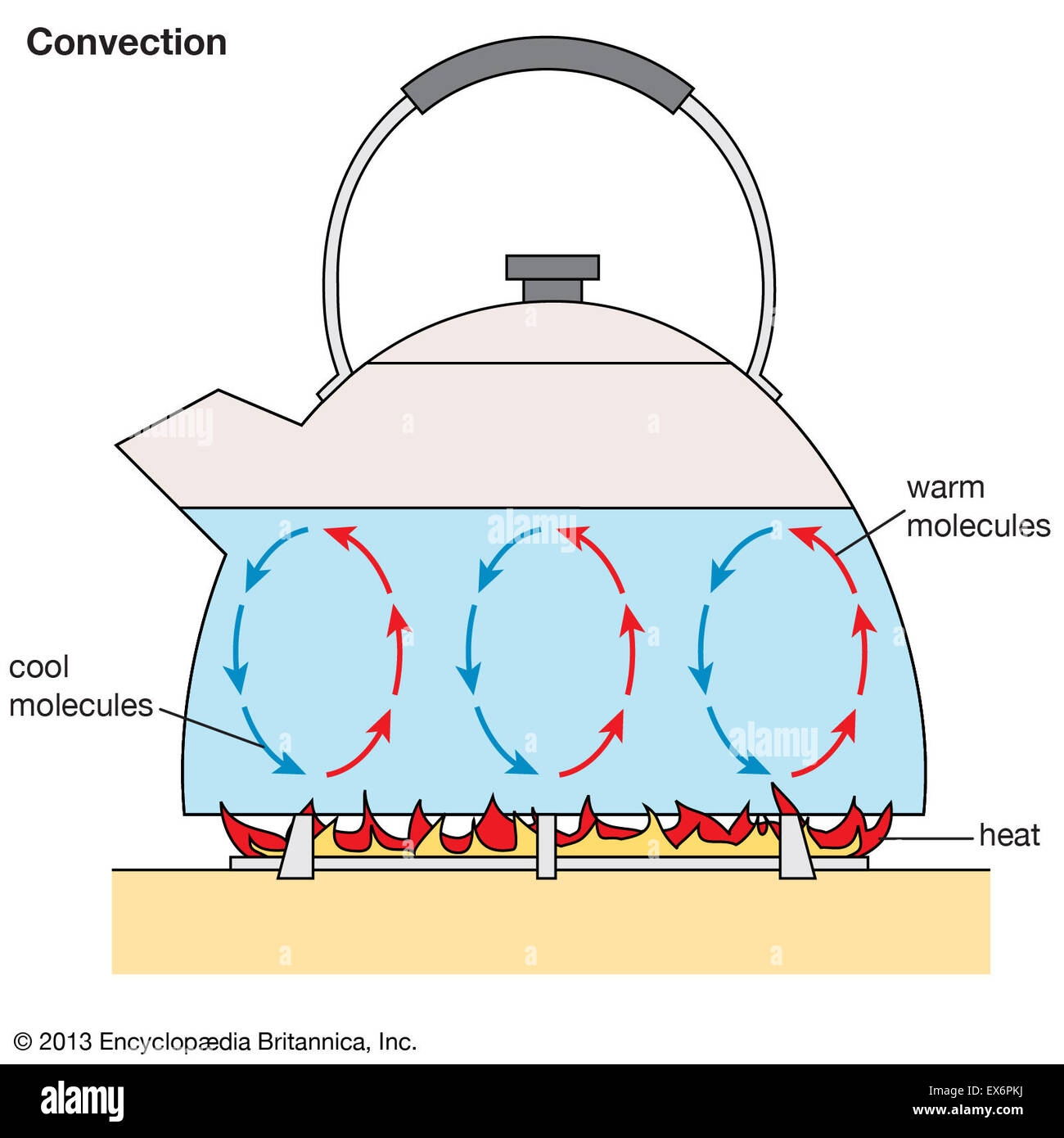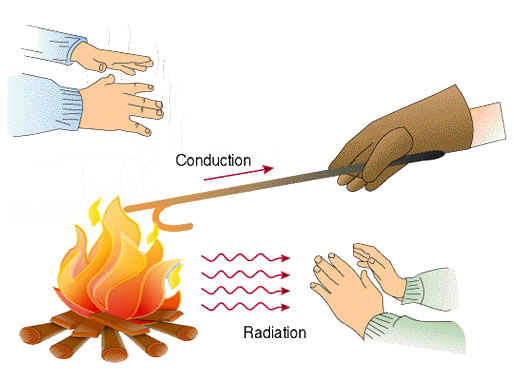Heat Transfer Study Guide
INTRODUCTION
We all adore excellent popcorn while watching movies. Everyday innovation has brought us to a point where we no longer need to go to the movies to enjoy them. With some microwave popcorn, we can easily enjoy the movies on our television screens. This ease is due to the study of the physical idea of energy in its different manifestations, such as electrical, heat, chemical, and so on. We’ll look at heat energy and how it’s transferred in this section.
WHAT IS HEAT?
-
The oscillations of molecules or atoms increase as the temperature of a body rises.
-
These vibrations are then passed from one body to the next.
-
The amount of energy used to vibrate the molecules in a system is referred to as heat contained in that object.
-
The meaning of heat is the flow of thermal energy from one object or substance to another.
-
Heat is a form of energy measured in joules.
-
Heat can be transferred through any matter made up of atoms and molecules.
-
At any given time, the atoms are in many states of motion.
-
Heat or thermal energy is produced by the motion of molecules and atoms, and it is present in all matter.
-
The definition of heat transfer states that it is the flow of heat across a system’s boundaries due to a temperature difference in its surroundings.
THE THREE WAYS OF HEAT TRANSFER
1. CONDUCTION:
- Internal heat transfer in a solid, liquid, or gaseous entity through direct contact is known as conduction.
- An example of conduction is when heat passes through the pan and warms the handle.
- The thermal energy of a heated source at a higher temperature is transferred to a comparatively cooler object at a lower temperature by conduction.
- The formula of conduction is
2. CONVECTION:
- It is a heat transfer method in which heat is transferred by the motion of a heated substance.
- Convection is the movement of heat through a fluid or gas.
- Thermal energy is transferred into the water when we place our pan of cold water on the bonfire.
- The water becomes less thick and expands as it warms.
- The colder, heavier water sinks and warms up in the convection currents.
3. RADIATION:
- It’s a method of heat transmission that uses electromagnetic waves.
- The third type of thermal energy transmission, radiation, happens in light-speed waves.
- To move through, it does not require any material or an item.
- The sun is the best example of radiation, which transfers energy via electromagnetic waves that move through space as light waves.
SUMMARY
- Heat is the flow of thermal energy from one object or substance to another.
- Heat transfer is the flow of heat across a system’s boundaries due to a temperature difference.
- The heat transfer in a solid, liquid, or gaseous entity through direct contact is known as conduction.
- A convention is a method in which heat is transferred by the motion of a heated substance.
- Radiation is the transmission of heat using electromagnetic waves.
FAQs
Q. What are the different modes of heat transfer?
Radiation, convection and conduction are the three different modes of heat transfer.
Q. What is the SI unit of heat?
Joules is the SI unit of heat.
Q. What is the fastest mode of heat transfer?
Radiation is the fastest mode of heat transfer.
We hope you enjoyed studying this lesson and learned something cool about Heat Transfer! Join our Discord community to get any questions you may have answered and to engage with other students just like you! Don’t forget to download our App to experience our fun VR classrooms – we promise, it makes studying much more fun!😎
REFERENCE
- Heat Transfer: https://flexbooks.ck12.org/cbook/ck-12-physics-flexbook-2.0/section/9.2/primary/lesson/heat-transfer/. Accessed 11th April 2022.
- Heat Transfer: https://en.wikipedia.org/wiki/Heat_transfer. Accessed 11th April 2022.



